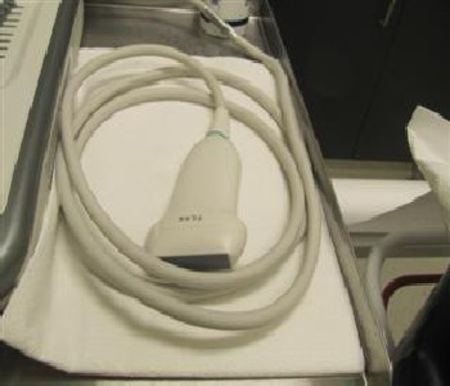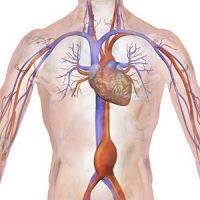Use of portable ultrasound has been shown to be effective in detecting the presence of minor fractures in patients presenting to a minor injuries unit. Results of the study, published in the journal Emergency Nurse, showed that 85 percent of patients with a fracture confirmed by x-ray had injuries detected through ultrasonography.
The findings mean ultrasound could play a significant role in detecting minor fractures in the future. This trend is expected to reduce exposure to radiation, as well as provide an alternative when radiology units are closed. Researchers say emergency clinicians could rule in fractures by studying the ultrasound images, but ruling out fractures is still the job of radiographers.
Over a 12-month period, 97 patients with suspected minor fractures who turned up to Cirencester Hospital's minor injury unit volunteered to participate in the study. The hospital is part of Gloucestershire Care Services NHS Trust.
Following clinical assessments of suspected limb fractures where the skin was not broken (closed fractures), patients were referred to x-ray, as usual, but also for ultrasound imaging of their injured area. The radiograph and ultrasound images were then compared for injury and presence of fracture. Researchers reported these key findings:
"The study suggests that ultrasonography is a reliable way to detect fractures of the distal radius or ulna and it is reasonable to conclude that portable ultrasound devices will play an increasingly significant role in the assessment of patients with suspected minor or even subtle fractures in emergency care settings," say authors Salam Musa, specialty doctor, and Paul Wilson, clinical lead, both of the minor injury unit at Cirencester Hospital.
Ultrasound is easy to perform at the bedside and patients who took part in the study said it is more convenient, less painful and distressing than radiography. Ultrasound also allows the comparison of right and left limbs without worrying about multiple exposure to irradiation.
From a staff point of view, ultrasonography training is minimal, and its use also has the potential to save money for emergency care settings. Although emergency clinicians can rule in fractures by studying ultrasound images, the researchers note that "ruling out fractures is still the job of radiologists."
Source: RCNi
Image credit: Flickr
The findings mean ultrasound could play a significant role in detecting minor fractures in the future. This trend is expected to reduce exposure to radiation, as well as provide an alternative when radiology units are closed. Researchers say emergency clinicians could rule in fractures by studying the ultrasound images, but ruling out fractures is still the job of radiographers.
Over a 12-month period, 97 patients with suspected minor fractures who turned up to Cirencester Hospital's minor injury unit volunteered to participate in the study. The hospital is part of Gloucestershire Care Services NHS Trust.
Following clinical assessments of suspected limb fractures where the skin was not broken (closed fractures), patients were referred to x-ray, as usual, but also for ultrasound imaging of their injured area. The radiograph and ultrasound images were then compared for injury and presence of fracture. Researchers reported these key findings:
- 60 patients (62 percent) had fractures confirmed by normal routine x-ray assessment;
- Analysis showed that 51 of these patients (85 percent) had injuries detected through ultrasonography;
- Ultrasound picked up on 87 percent of the 24 patients with arm fractures.
"The study suggests that ultrasonography is a reliable way to detect fractures of the distal radius or ulna and it is reasonable to conclude that portable ultrasound devices will play an increasingly significant role in the assessment of patients with suspected minor or even subtle fractures in emergency care settings," say authors Salam Musa, specialty doctor, and Paul Wilson, clinical lead, both of the minor injury unit at Cirencester Hospital.
Ultrasound is easy to perform at the bedside and patients who took part in the study said it is more convenient, less painful and distressing than radiography. Ultrasound also allows the comparison of right and left limbs without worrying about multiple exposure to irradiation.
From a staff point of view, ultrasonography training is minimal, and its use also has the potential to save money for emergency care settings. Although emergency clinicians can rule in fractures by studying ultrasound images, the researchers note that "ruling out fractures is still the job of radiologists."
Source: RCNi
Image credit: Flickr
References:
Musa S, Wilson P. (2015) Ultrasonography and radiography: a comparison.
Emergency Nurse, 2015; 23 (2): 34 DOI: 10.7748/en.23.2.34.e1416
Latest Articles
healthmanagement, ultrasound, portable ultrasound, minor fractures, x-ray, emergency care
Use of portable ultrasound has been shown to be effective in detecting the presence of minor fractures in patients presenting to a minor injuries unit.



























